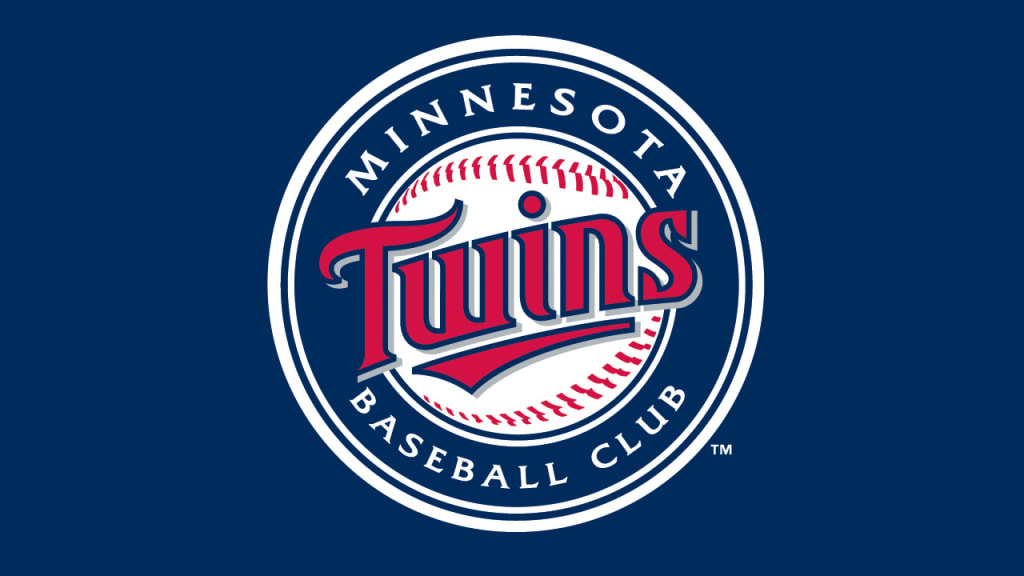Since the Twins moved to Minnesota in 1961, they’ve retired several numbers, including five players who are in the Baseball Hall of Fame. The establishment doesn’t have a particular measure for resigned numbers, however, it’s obvious from the seven numbers they’ve resigned that main the people who fundamentally affected the association get that honor. Today, we look at the retired jerseys and numbers retired by Minnesota Twins.
How many numbers have the Minnesota Twins retired?
At the time of this writing, the Minnesota Twins have retired nine numbers.
Minnesota Twins Retired Jersey Numbers
Harmon Killebrew – #3
Harmon Killebrew joined the Minnesota Twins as a free agent on June 21, 1954, and during his occupancy with the team, he hit over 40 home runs on eight occasions and 30-or-more 10 times while driving in 100-plus runs nine times. Killebrew was the American League’s Most Valuable Player in 1969 when he hit 49 grand slams with an astounding 140 RBI and 145 strolls, all group records that actually stand. He was chosen for the Baseball Hall of Fame on January 10, 1984, the principal Twin to get that honor.
Tony Oliva – #6
The Twins signed Tony Oliva as a free agent on July 24, 1961. Oliva gathered 1,917 hits and resigned with a .304 vocation normal. He is the main player to win batting titles in his initial two seasons and was the champ of three in his 15-year vocation, which actually remains as the club’s life span mark. His ability as a hitter was exhibited in the way that he lead the association in hits multiple times, and his 220 vocation grand slams rank third untouched among Twins.
Kent Hrbek – #14
Born on May 21, 1960, in Minneapolis, Kent was selected in the Twins’ 17th-round draft choice in 1978. He is among club pioneers in essentially every hostile classification, however, might be best associated with his Game Six huge home run in the 1987 World Series or for his tag of Ron Gant in Game Two of the 1991 World Series. Hrbek had his number 14 officially resigned on August 13, 1995.
Rod Carew – #29
Rod Care who joined the team as a free agent on June 25, 1964, is among club pioneers in essentially every hostile classification, however, might be best associated with his Game Six huge home run in the 1987 World Series or for his tag of Ron Gant in Game Two of the 1991 World Series. Hrbek had his number 14 officially resigned on August 13, 1995.
Kirby Puckett – #34
Considered by most to be the best Twin of all time, “Puck” was baseball’s gem for 12 extraordinary seasons. His story was tied in with being a legend from the very beginning when he turned into the 10th player in history to gather four hits in his first game, May 8, 1984, at California. The sensational entry ended up being only the first of numerous gallant exhibitions paving the way to his most sparkling second on October 26, 1991, during Game 6 of the World Series versus Atlanta.
Bert Blyleven – #28
Tom Kelly – #10
Joe Mauer – #7
The previous catcher turned first baseman positions first on the Twins record-breaking list in duplicates (428) and times on base (3,087); second in games (1,858), hits (2,123) and strolls (939); fifth in RBI (923) and eleventh in grand slams (143). He was chosen to the All-Metrodome group in 2009 and was named one of the “50 Greatest Twins” in 2010. Mauer was a finalist for the Roberto Clemente Award for Outstanding Community administration multiple times in his profession, alongside endless altruistic undertakings from Joe and his family. Mauer’s number was officially resigned on June 15, 2019.
Jackie Robinson – #42
From his Baseball of Fame Plaque: “Driving NL player in 1949. Holds the handling mark for the second baseman playing in at least 150 games with .992. Driven NL in taken bases in 1947 and 1949. Most Valuable Player in 1949. Lifetime batting normal .311. Joint record holder for most twofold plays by the second baseman, 137 of every 1951. Driven second baseman in twofold plays 1949-50-51-52.”






